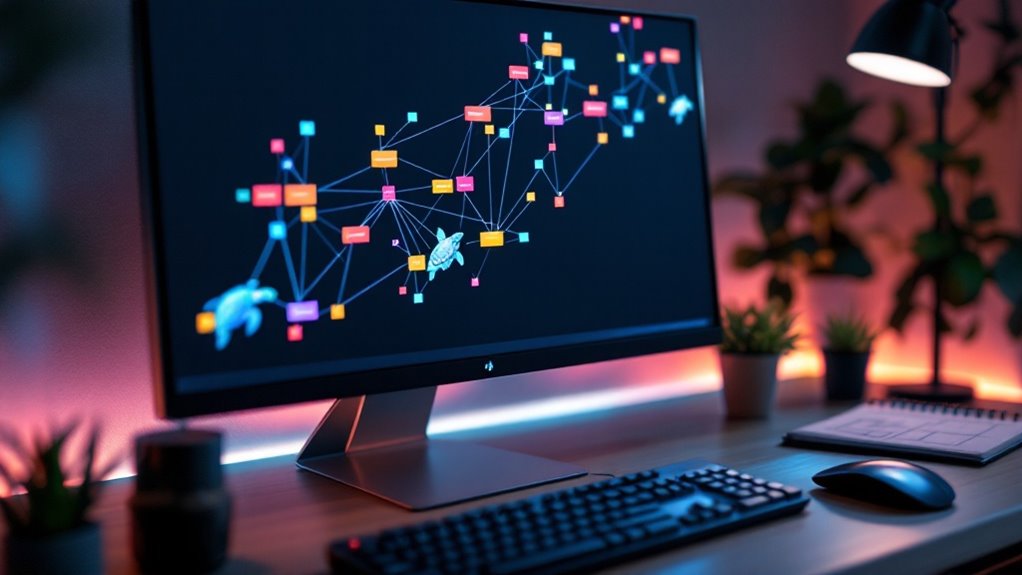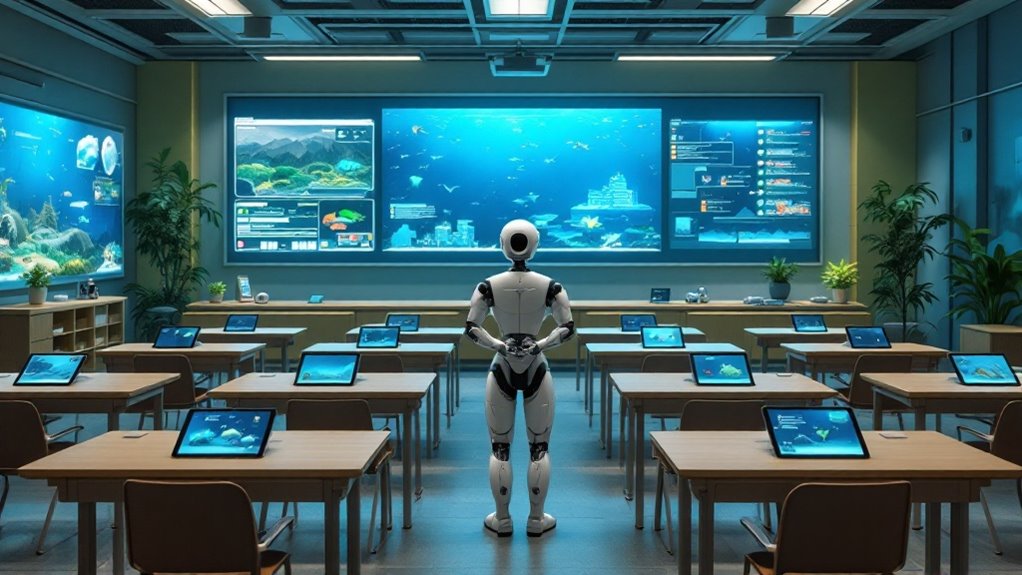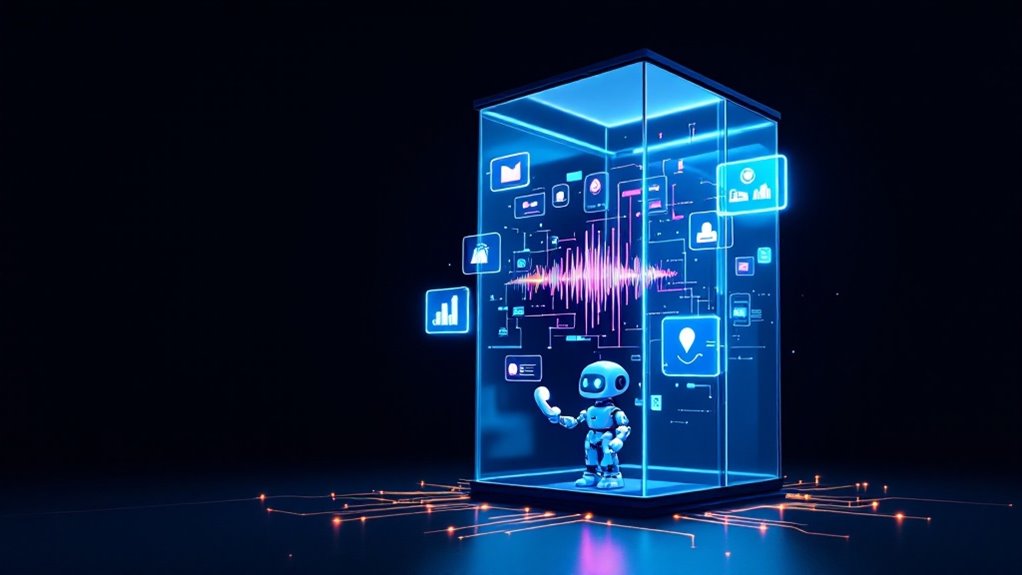ComfyUI is a free, open-source GUI for AI image generation, trading code-wrangling for a node-based, build-it-yourself playground—think “creative LEGO for adults.” It runs on Windows, Linux, and macOS, so you’re not stuck picking sides. You visually piece together your process with drag-and-drop nodes, customizing everything from edge detection to wild image mashups. No programming degree required—just curiosity and maybe a little caffeine. If tinkering sounds fun, wait until you see what else is possible.
Let’s face it—image generation tools aren’t exactly known for their friendly faces or, let’s be honest, their general willingness to play nice with newcomers. Most of them feel like they were designed by a secret society of programmers who think “intuitive” is just another word for “figure it out yourself.”
But ComfyUI? Well, it’s not here to win any beauty pageants, but it does try to shake things up—at least a little.
At its core, ComfyUI is a graphical user interface that leans hard into the whole *node-based system* thing. Think of it as building with digital LEGO blocks. Each “block” (or node, if you want to be technical) represents a different step in the image generation process. Want to sharpen your AI-generated sea turtles? There’s a node for that. Need to funnel your wildest text prompts into Stable Diffusion (that’s the deep learning model du jour for turning words into jaw-dropping images)? Just drag, drop, and connect. The real magic is that ComfyUI is open source, meaning anyone can contribute new features, fix bugs, or create custom nodes to expand its capabilities. In fact, ComfyUI supports a wide range of model loading and saving nodes that let you flexibly bring in or preserve models, checkpoints, and even custom CLIP encoders.
Here’s what makes ComfyUI stand out—*and no, it’s not just because it runs on Windows, Linux, and macOS like some sort of overachiever*:
- Visual flowchart interface: You actually *see* how your creative chaos flows from one node to another.
- Lightweight design: It won’t eat your computer alive.
- Open-source: Meaning it’s a community-driven project, not some faceless megacorp’s side hustle.
- Flexible workflows: You want custom? You got custom. Rearrange nodes, swap out samplers, or add image processing steps like edge detection—yes, it’s got Canny, for those noir detective vibes.
ComfyUI represents a significant step toward democratizing AI by providing a no-code solution that makes sophisticated image generation accessible to users without programming expertise. The pièce de résistance? Every workflow you build is shareable, reproducible, and, frankly, a lot more transparent than the average AI art generator.
ComfyUI might not hold your hand, but it won’t slap it away either. In a world where most tools act like grumpy gatekeepers, this one’s more like the slightly nerdy friend who loves flowcharts and doesn’t mind if you ask questions—just don’t expect it to laugh at your jokes.









